For felines, exercise plays a key role in maintaining a healthy weight, strong muscles, and a sharp mind. Here are some tips to remember.
Questions? Comments?
Don't see your question listed here? Please send it to us. Not only will we answer it, but it might be added to the list above.

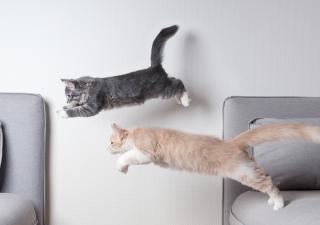

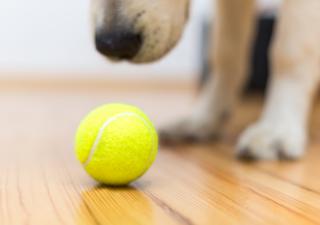

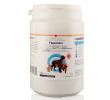
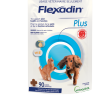
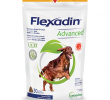
Questions? Commentaires?
La question que vous vous posez ne figure pas ici? Envoyez-la nous et en plus de vous y répondre, elle aura peut-être la chance d'apparaître dans la liste ci-dessus!